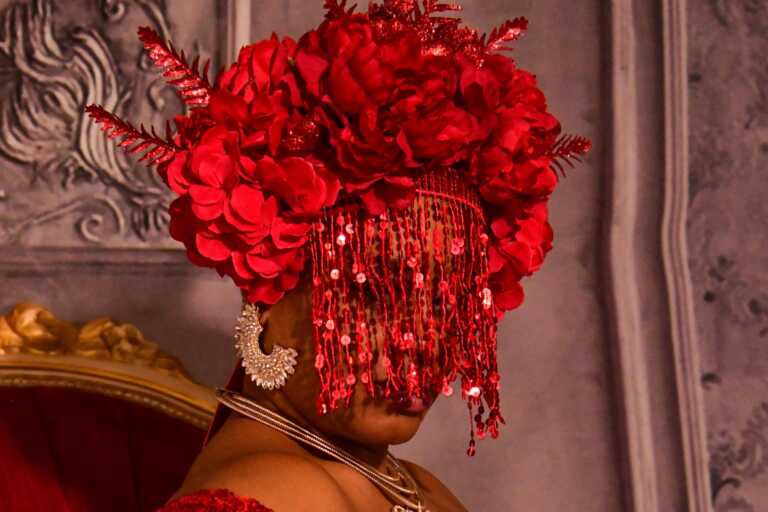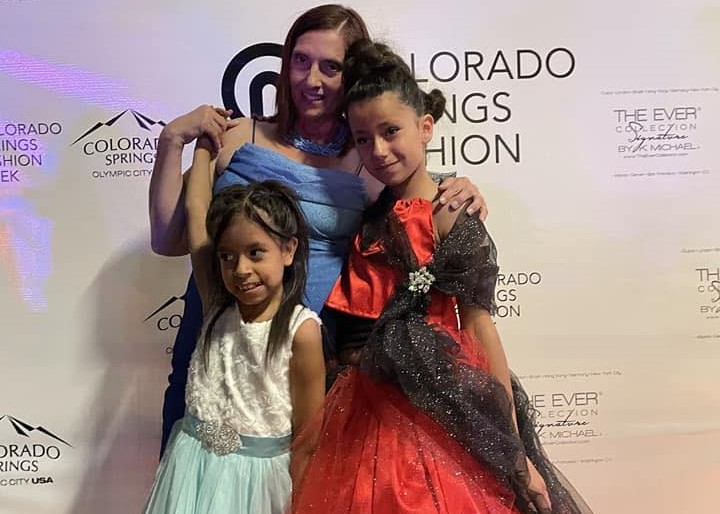New York Fashion Week (NYFW) stands as one of the most significant events in the global fashion calendar, a showcase of creativity, innovation, and style. This biannual extravaganza draws fashion enthusiasts, industry professionals, celebrities, and media from around the world. The history of NYFW is a tale of evolution, innovation, and cultural significance that reflects the changing landscape of fashion and society. From its modest beginnings to its status as a global fashion powerhouse, NYFW has transformed the way we perceive and engage with fashion.
Origins and Early Years




The roots of NYFW can be traced back to the 1940s when World War II severely impacted the ability of European designers to present their collections to American buyers and media. This void led to the rise of American designers seeking to establish themselves on a global stage. In 1943, fashion publicist Eleanor Lambert organized “Press Week,” a series of intimate fashion shows held in New York City’s Plaza Hotel. These shows aimed to showcase American designers’ collections to journalists and buyers. This marked the inception of what would later become New York Fashion Week.
The 1950s-1970s: Growth and Recognition

Gothamist


As the 1950s dawned, the concept of organized fashion shows gained momentum. The creation of the Fashion Institute of Technology (FIT) in 1959 contributed to the professionalization of the industry. By the 1960s, fashion shows were being held in venues such as lofts and hotels, attracting not only industry insiders but also celebrities and socialites.
In 1968, the Council of Fashion Designers of America (CFDA) was established, with its first president being renowned designer Eleanor Lambert. The CFDA played a pivotal role in unifying and promoting American fashion designers. The creation of the “7th on Sixth” organization in 1993, later rebranded as “New York Fashion Week,” brought a structured format to the event.
The 1980s-1990s: Fashion’s Cultural Impact


The 1980s and 1990s marked a turning point for NYFW. Fashion was no longer confined to the elite; it became intertwined with pop culture and music, thanks in part to designers like Ralph Lauren and Calvin Klein. The rise of supermodels such as Naomi Campbell, Cindy Crawford, and Linda Evangelista catapulted fashion shows into mainstream media.
In 1993, the location shifted to Bryant Park, offering a centralized and professional space for shows. The combination of a dedicated venue and increased media coverage solidified NYFW’s position as a key player in the global fashion landscape.
The 2000s: Technological Transformation
The new millennium brought with it a digital revolution that transformed NYFW. The internet allowed designers to livestream their shows, reaching a global audience instantaneously. Social media platforms like Instagram further democratized fashion by enabling designers, models, and attendees to share their experiences in real-time. This marked a departure from the exclusive nature of fashion shows and made them accessible to a wider audience.
Recent Years: Diversity and Sustainability
In the last decade, NYFW has faced calls for greater diversity and sustainability. Designers have increasingly incorporated a wide range of models, representing different ages, sizes, and ethnicities, to promote inclusivity. Moreover, sustainability has become a pressing issue, prompting some designers to prioritize eco-friendly practices in their collections.
The pandemic posed a challenge to the traditional fashion show format. In response, NYFW adapted by embracing digital presentations, virtual runway shows, and a blend of physical and online events. This period of adaptation reflects the industry’s resilience and determination to evolve with the times.
New York Fashion Week has come a long way since its inception as “Press Week” in the 1940s. From its humble beginnings to its current status as a global fashion powerhouse, NYFW has evolved in response to cultural shifts, technological advancements, and changing societal values. It has served as a platform for American designers to showcase their creativity, a stage for supermodels to captivate audiences, and a forum for discussions on diversity and sustainability.

As the fashion industry continues to evolve, so too will NYFW. The event’s ability to adapt to new challenges and embrace innovation ensures that it will remain a crucial fixture on the fashion calendar, reflecting the ever-changing landscape of style, culture, and society. The legacy of NYFW is not just in the garments on display, but in the stories it tells about the people, trends, and moments that have shaped the history of fashion.

(AFP PHOTO)





Leave a Comment